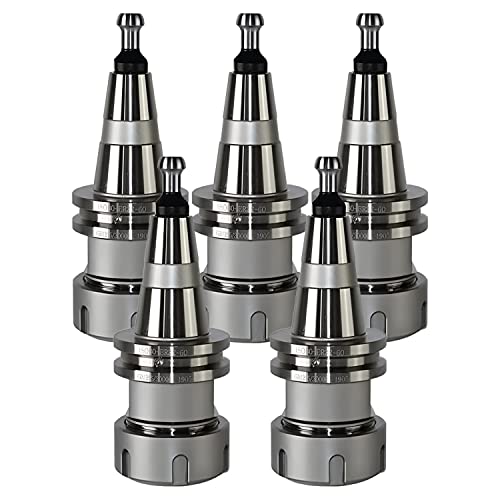Another issue is heat so plenty of cutting oil helps a lot .
After watching a video on YouTube (winky’s workshop ) i decided to do a test of some different cutting fluids and came to the conclusion that front or rear mounted ,normal or inverted tools mad little difference and event the supported type as described in the video by winky still didn’t stop dig ins but it did make them more violent .
I tried carbide insert , brazed carbide and hss - all still had dig ins and i ended up destroying two insert holders !
Cutting fluids were tap magic , soluable oil both raw and mixed with water , wd40 , rp7 , trefolex ctd spray and the old smelly trefolex past ( i detest the smell of this stuff ) and lanotec spray .
Test piece was 50mm ( 2”) black steel round bar and speeds were varied to eliminate chatter as needed.
Every thing was applied with a brush at first then by drip feed on the second round except the paste which failed the first test miserably anyhow .
The list below are graded best to worse top to bottom ,
Wd40 - applied liberally by drip feed this stuff outshone everything else and the waste can be recycled if you put a drip tray under the cutting tool .
Ctd spray used as worked well but is expensive and a bit messy and can’t be re used .
Tap magic seemed the same as ctd .
Soluable oil mixed with water works but is messy and you have the corrosion issues if you don’t dry the bed off.
Neat soluable oil came next and is even messier than above .
Lanotec is not designed for this neither is trefolex paste .
Rp7 - this was really weird ! I started a cut with wd40 and thought i would give the rp7 a go and the tool seized in the groove immediately and i mean IMMEDIATELY! I tried agian using only rp7 and it just wasn’t going to happen , I don’t know what is in this stuff but I couldn’t get a result using it .
One standout with parting tools was a brazed carbide tool that was ground so the tip was wider than the flanks if you look down from the top and even though it was 3mm wide i ploughed its way through the bar with no issues .
Insert tooling also worked ok but cheap tips go blunt quickly and if you get a dig in chances are the blade will be toast !
The hss bits i tried were the std wedge ground shape and the t blade from eccentric engineering , i found the t blade to work better and even though i still got some serious dig ins it didn’t break , bend or chip . One thing i did notice with hss blades is the importance of having a good holder , the holder for the t blade supplied by eccentric engineering has been machined so it fits the contour of the blade and holds very firmly , i purchased a holder for the wedge blade from a local supplier that was machined to accept the taper on the blade and this also worked well ( many cheap holders allow the blade to cock as they tighten as there is no contact between the side of the blade and the holder . I also tried the style as shown earlier in this post ( has the sliding block that is pulled down the groove with a long screw ) this was useless as it only gripped the blade right at the front and not along its length so found the rear of the blade kept walking out as i performed the cut .
I will be using a pressure spray bottle modified to supply a contant drip feed to a nozzle stuck to the toolpost with a magnet to supply wd40 to where i m parting off - just got to get my a*se into gear and make it !


































![[The Haynes GM, Ford, Chrysler Engine Performance Manual: The Haynes Manual for Understanding, Planning and Building High-Performance Engines (Haynes Techbook)] [Author: Haynes, Max] [August, 2008]](https://m.media-amazon.com/images/I/51x6eyiUHhL._SL500_.jpg)







![DreamPlan Home Design and Landscaping Software Free for Windows [PC Download]](https://m.media-amazon.com/images/I/51kvZH2dVLL._SL500_.jpg)
![TurboCAD 2020 Designer [PC Download]](https://m.media-amazon.com/images/I/51UKfAHH1LL._SL500_.jpg)

























![MeshMagic 3D Free 3D Modeling Software [Download]](https://m.media-amazon.com/images/I/B1U+p8ewjGS._SL500_.png)